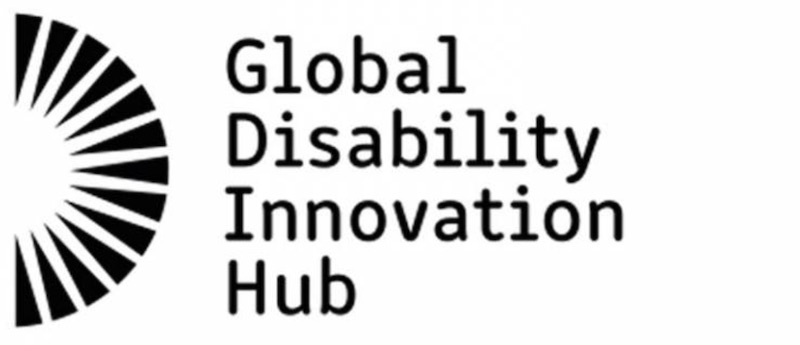"StoryCycle is a 501(c)(3) nonprofit organization dedicated to driving social impact, environmental sustainability, and community engagement through storytelling and digital mapping.
We have a team of experts and passionate individuals with a desire to tell stories and care for the environment. Our team has evolved over the years and we, StoryCycle, change our approach and values as we move forward with our team members.
Explore More
Since the establishment, We organized Story Camp, Mapup Camp and we have also organized events, interaction programs and screening of stories in order to promote storytelling and identifying the contemporary issues as well as facilitating knowledge sharing.
Read More














